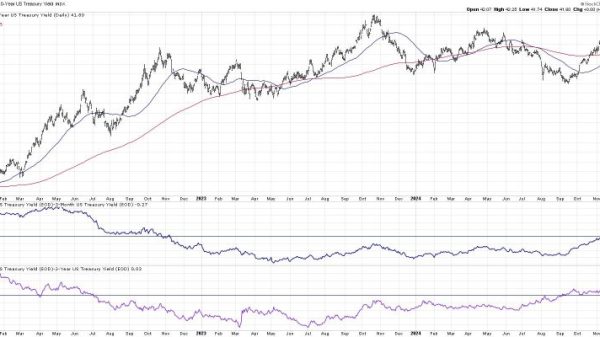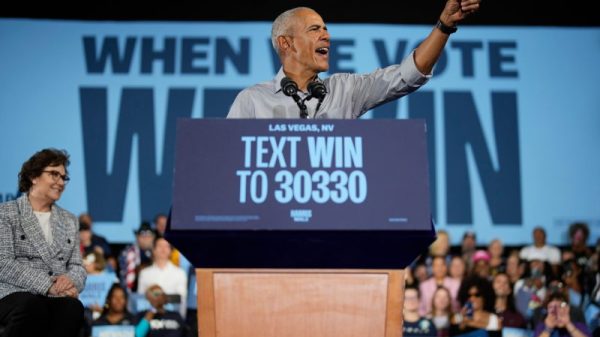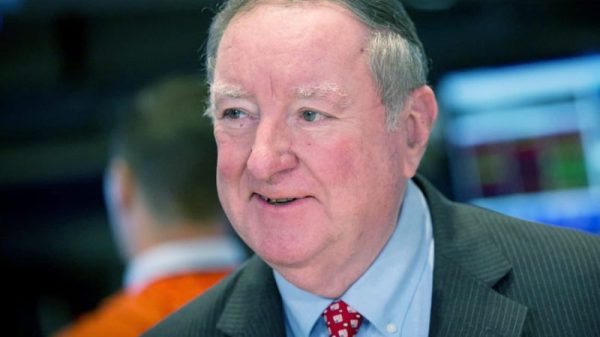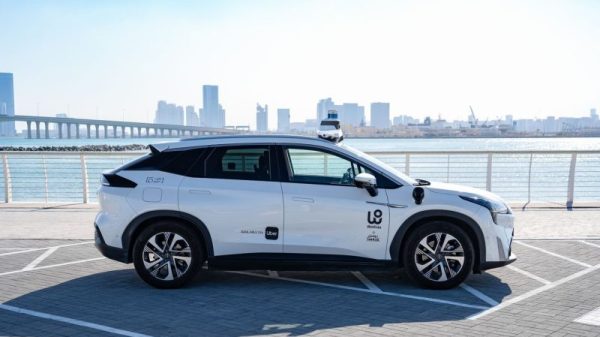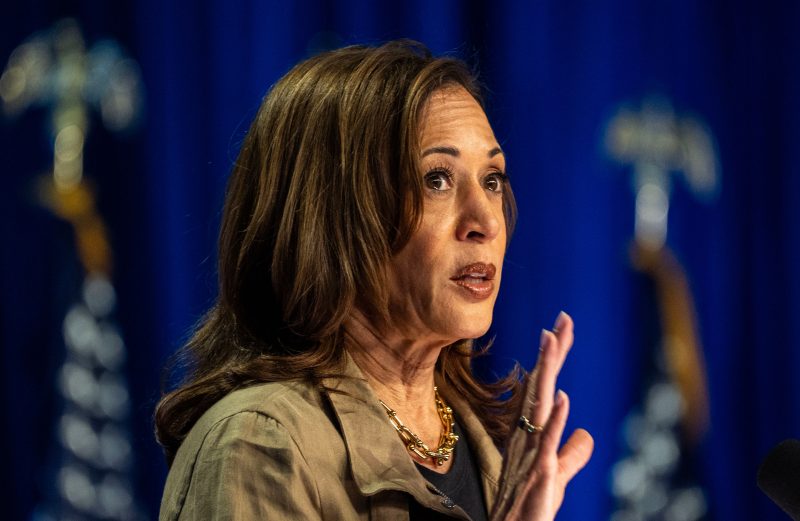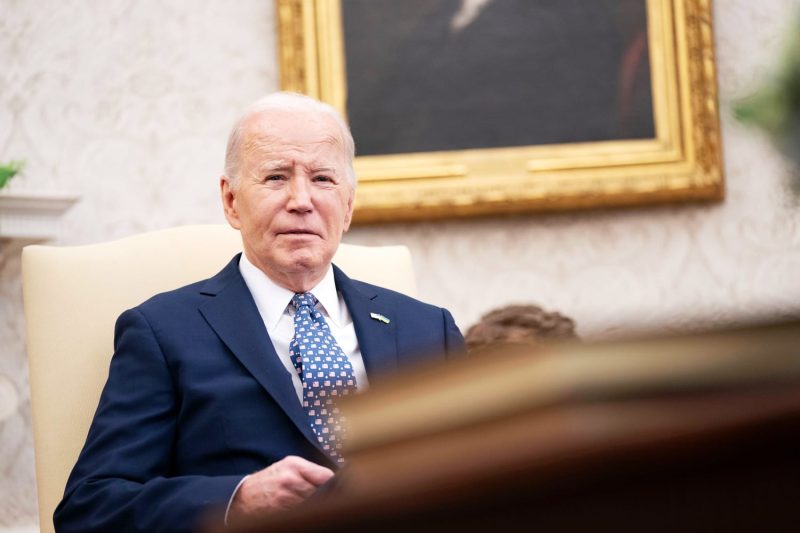In the current political landscape of the United States, Vice President Kamala Harris and former President Donald Trump present starkly different approaches and priorities when it comes to economic and border policies. The contrasting positions of these two prominent figures have significant implications for the future direction of the country. Harris, representing the Democratic Party, and Trump, a prominent figure within the Republican Party, offer distinct visions for shaping the economy and handling border issues.
Harris, as the Vice President and a key figure within the Biden administration, espouses policies that focus on social welfare programs, infrastructure development, and progressive taxation. She emphasizes the importance of addressing income inequality, providing economic opportunities for all, and investing in key sectors such as renewable energy and healthcare. Harris’s economic approach aligns with the broader Democratic Party’s platform, which emphasizes social justice, inclusivity, and government intervention in the economy to address systemic issues.
In contrast, Trump, as a former President and a leading voice in the Republican Party, advocates for a more deregulated, free-market approach to the economy. He prioritizes reducing taxes, cutting government spending, and promoting business-friendly policies to stimulate economic growth. Trump’s economic philosophy is rooted in the belief that reducing government intervention and empowering businesses will lead to prosperity for all Americans. His America First agenda focuses on protecting American workers and industries through policies such as trade tariffs and immigration restrictions.
When it comes to border policies, Harris and Trump also diverge significantly in their approaches. Harris supports comprehensive immigration reform, including a pathway to citizenship for undocumented immigrants, increased refugee admissions, and a more humanitarian approach to border enforcement. She has emphasized the importance of addressing root causes of migration, such as poverty and violence, to create a more orderly and humane immigration system.
On the other hand, Trump has taken a hardline stance on immigration, advocating for stricter border enforcement, building a border wall, and limiting legal immigration. His America First agenda includes prioritizing American workers over foreign labor and implementing policies to deter illegal immigration through increased border security measures. Trump’s policies have sparked debates about national security, human rights, and the role of the United States in the global migration crisis.
The contrasting economic and border policies of Kamala Harris and Donald Trump reflect broader ideological differences between the Democratic and Republican parties. While Harris emphasizes social welfare programs, infrastructure investment, and progressive taxation to address economic disparities, Trump advocates for deregulation, tax cuts, and business-friendly policies to stimulate economic growth. Similarly, Harris promotes comprehensive immigration reform and a more humanitarian approach to border issues, while Trump focuses on border security and limiting immigration to protect American workers.
As the United States continues to grapple with economic challenges and complex border issues, the policy choices made by leaders like Kamala Harris and Donald Trump will have far-reaching implications for the country’s future direction. The contrasting visions presented by these prominent figures highlight the importance of informed debates, critical analysis, and active civic engagement in shaping the policies that will ultimately determine the economic and social landscape of the United States.



